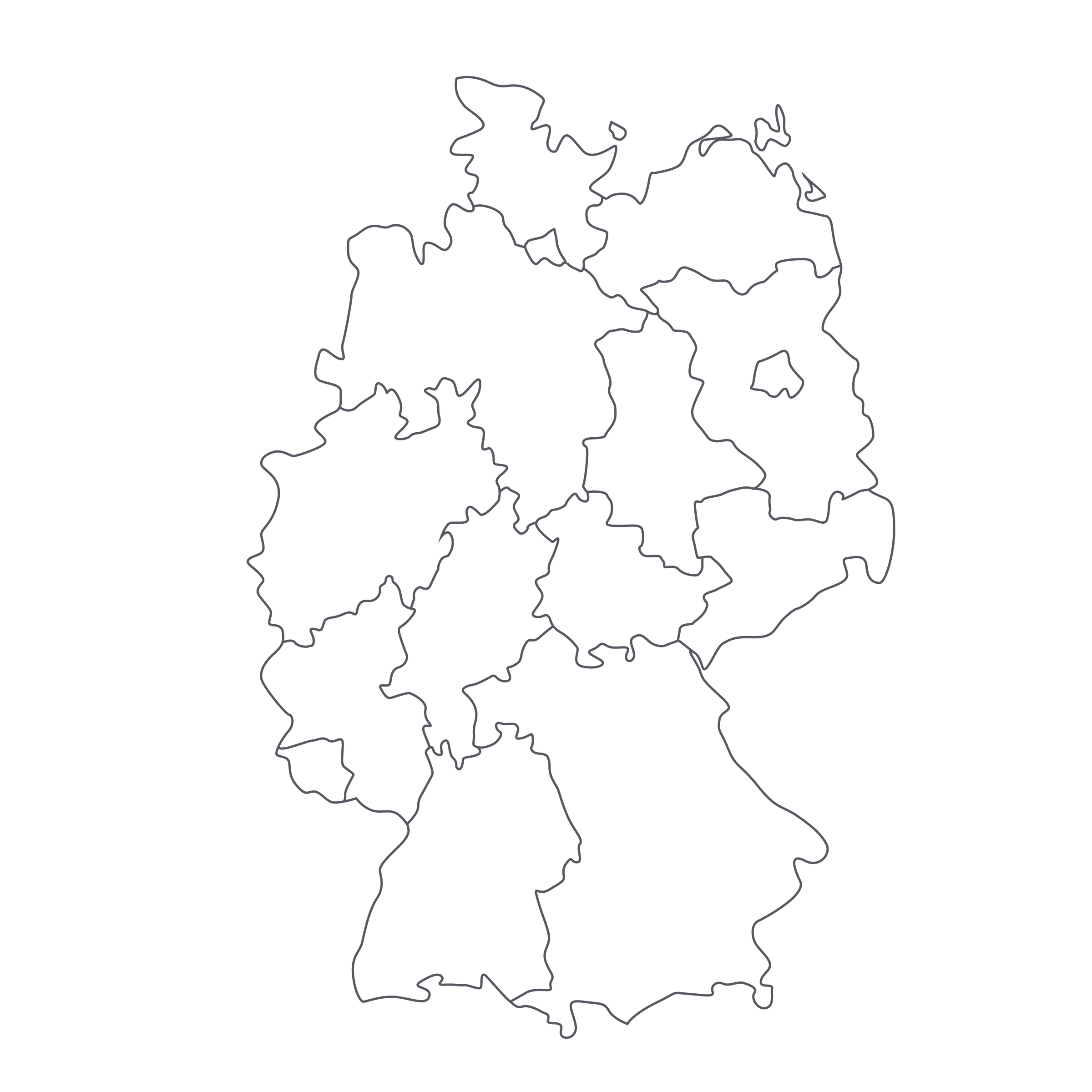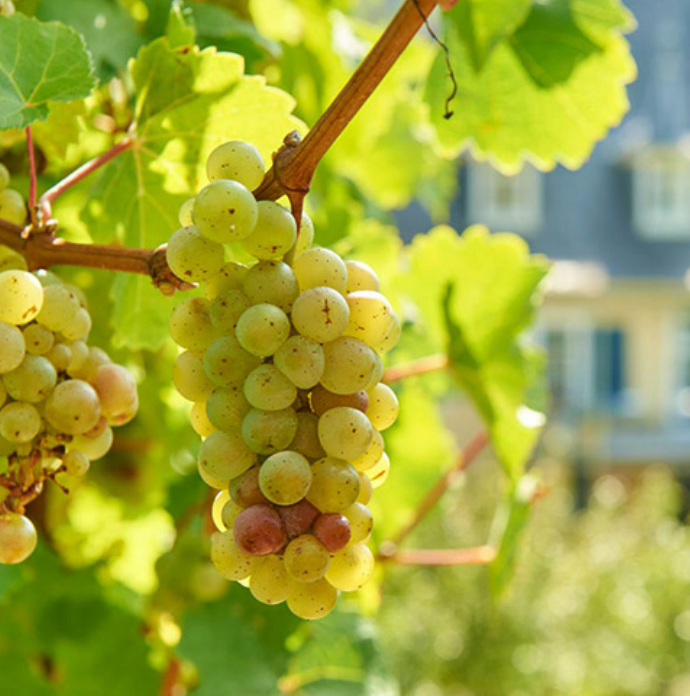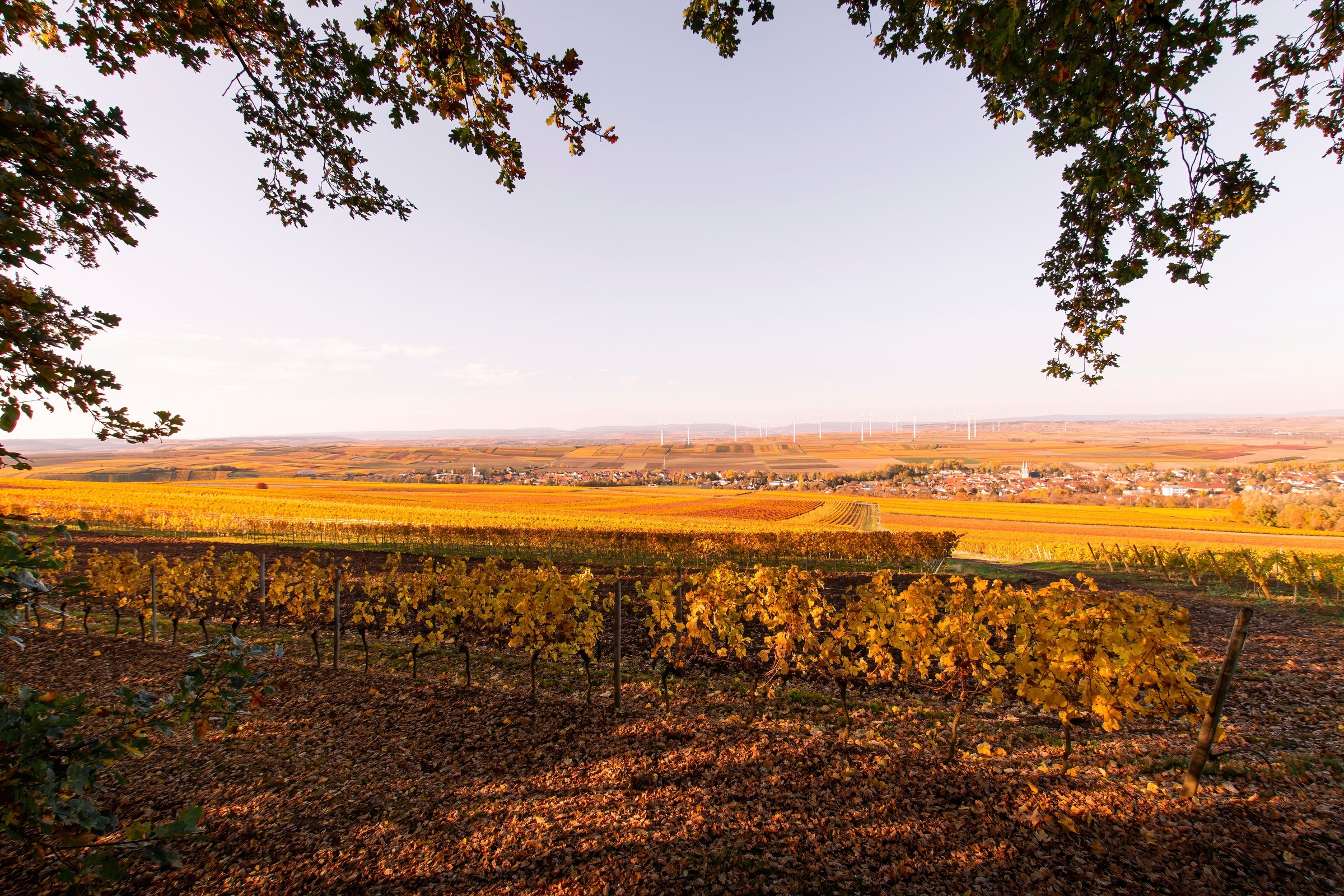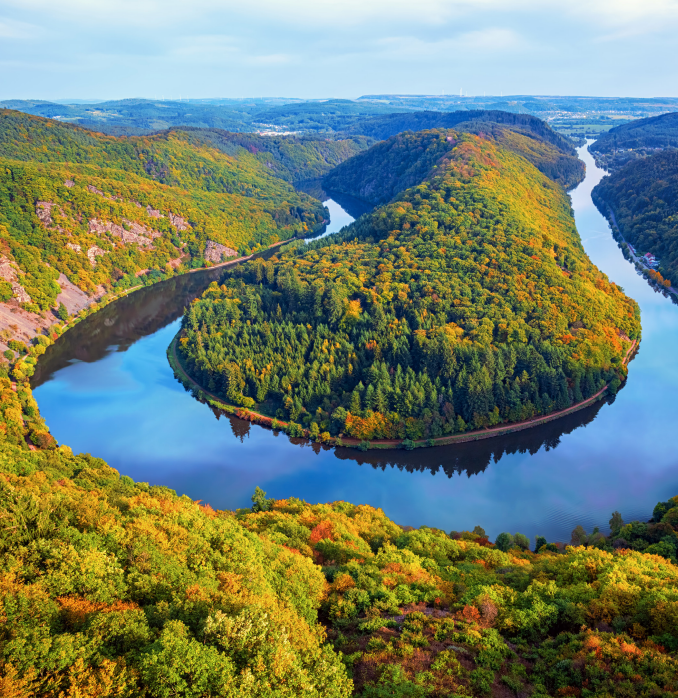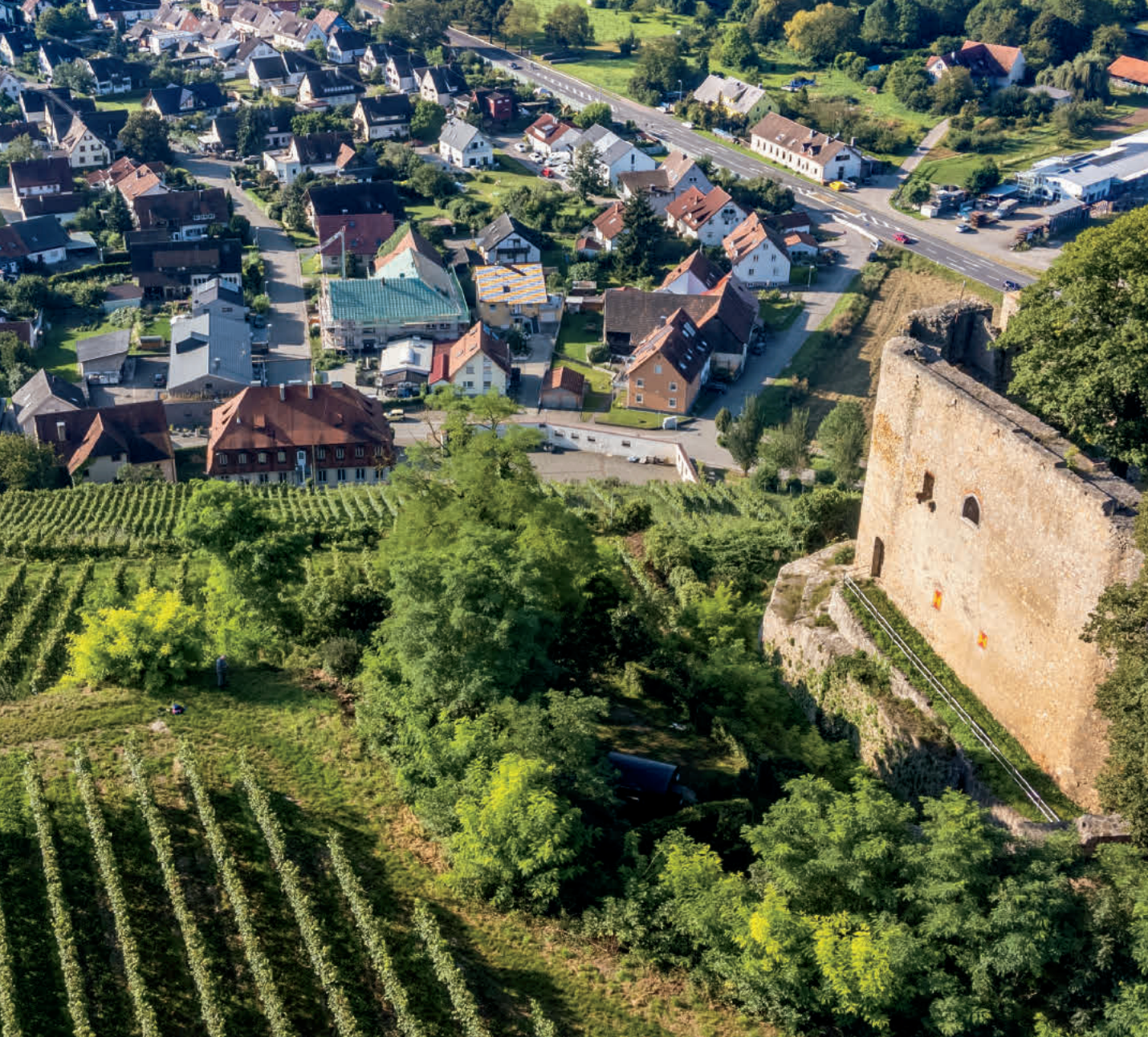Anyone who thinks a bit of residual sugar in wine is a bad thing obviously hasn’t tried a classic and impeccably balanced Mosel Riesling, and those who haven’t been awed by one certainly haven’t been introduced to today’s knockout Kabinett from Stephan Steinmetz and Christian Hermann.
This 2018 treasure is from world-renowned “Geierslay,” one of the timeless, Grand Cru-equivalent vineyards of the middle Mosel valley, known as a source of wines with incredible depth and minerality for over two centuries—not to mention a coveted gem in both local and export markets. These Rieslings offer that mouth-watering feeling of biting into a juicy heirloom peach, plus an energizing, slate-infused streak of acid and minerality that adds all the refreshment needed to make this a complex yet highly addicting quaffer. For Riesling fanatics like myself (i.e. those who crave the flawless harmony of electric acidity and succulent fruit), this is among the best breakout/standout deals you can find—if you can find it. Barely 300 cases were produced!
The 2018 Wintricher Geierslay Riesling comes from the third vintage of a collaborative project between Steinmetz and Hermann, who connected over their mutual admiration when they met in 2014. Hermann, who learned under German legends like Dr Loosen, JJ Prum, and Willi Schäefer, was impressed by Steinmetz’s prowess in the cellar with dry-leaning Riesling, while Steinmetz coveted the exceptional fruit from Hermann’s ancient-vine Ürziger Würzgarten vineyard. The partnership was ideal for the pair of like-minded vintners. It kicked off with just a single bottling of old-vine Würzgarten Riesling, and has since expanded to include a Pinot Noir, as well as this Kabinett from Steinmetz’s Wintricher Geierslay site which kicks the lush tropical, citrus, and stone fruit flavors up several notches.
Located within the town of Wintrich, the high-elevation site of Geierslay holds a complex mosaic of blue and purple slate laced with ample quartzite that lends pronounced elegance and beauty to its wines. Plus, a south-facing aspect encourages ripe, concentrated fruit that offers early-drinking appeal. For Steinmetz and Hermann’s 2018, grapes are picked at that just-right Kabinett-designate moment when sugar and acid have reached their ideal counterbalance. In the cellar, a stainless steel fermentation and expedient bottling allow the wine to maintain delightfully youthful freshness. Although Kabinetts have the shortest vine hangtime of the German Prädikatswein levels, trust us when we say this Riesling hangs with the best of them.
A tidal wave of mouth-watering fruit rushes forth from this aromatic wine: crunchy green apple, candied lime peel, lemon curd, ripe melon, mango peel, and luscious peach—but before it has a chance to become cloying, a wave of crushed minerals roar in to freshen things up, with lemongrass and petrol wafting alongside. Although residual sugar is present on the palate, the searing acidity here cuts this wine like a knife carved from stone. All of the enticing flavors carry through to a strikingly long, satisfying finish. Serve it now at about 45-50 degrees in a white wine glass, or, if you’re so inclined, age it through the end of the decade. At this price, both options are easily doable. Cheers!


